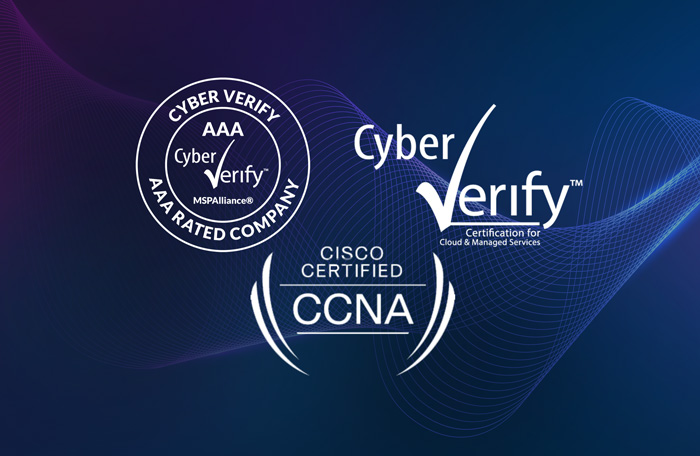Even as organizations move more workloads to the cloud, most still require on-premises hardware, software and network services to support those workloads and to maintain more direct control of mission-critical data and other assets. However, managing in-house IT infrastructure is becoming more costly and complex than many companies can reasonably handle.
Business IT
We’ve long understood the need for multifactor authentication (MFA) solutions that decrease our reliance on passwords alone for network access control. MFA requires a combination of verification factors, such as a password or PIN along with a security token, mobile app or biometric identifier. Two-factor authentication (2FA) has been required in many industries for years, but there is growing support for systems requiring all three factors.
Many organizations use managed services providers (MSPs) for a range of basic IT services such as help-desk support, network monitoring, security updates, operating system patches, backup management and so on. While those are all important tasks, they don’t begin to cover all the ways an MSP can support your business.
Many organizations use managed services providers (MSPs) for a range of basic IT services such as help-desk support, network monitoring, security updates, operating system patches, backup management and so on. While those are all important tasks, they don’t begin to cover all the ways an MSP can support your business.
Although the consequences of data loss are well understood, a shocking number of businesses don’t have an adequate backup strategy in place. Recent research from IDC finds that 60 percent of organizations across North America and Western Europe experienced unrecoverable data loss over the past 12 months, largely due to infrequent, inadequate or nonexistent backup routines.





